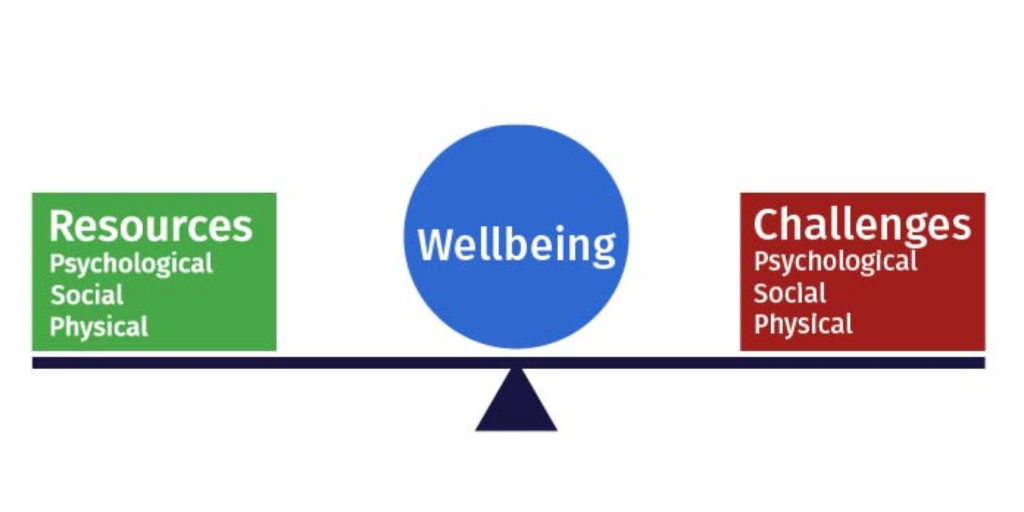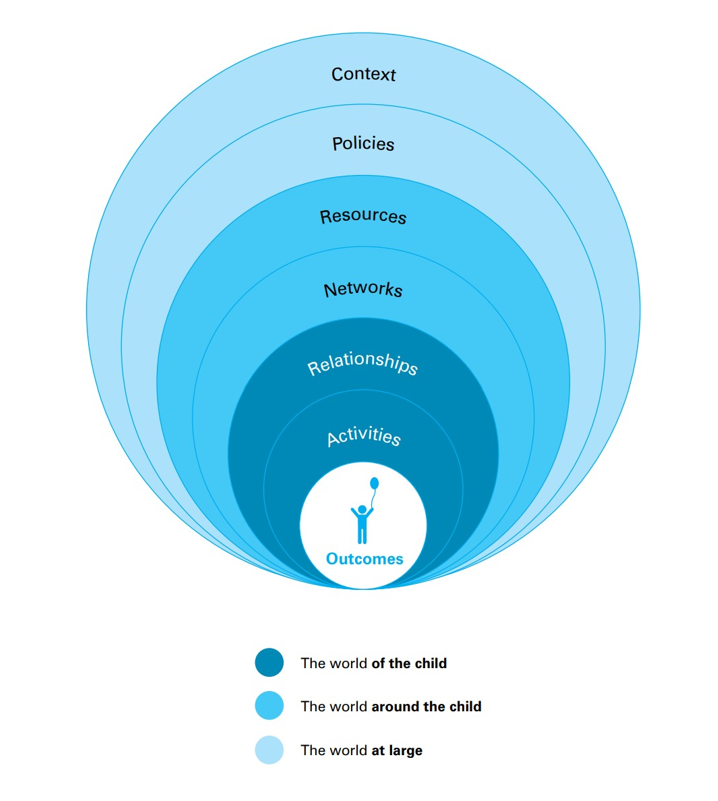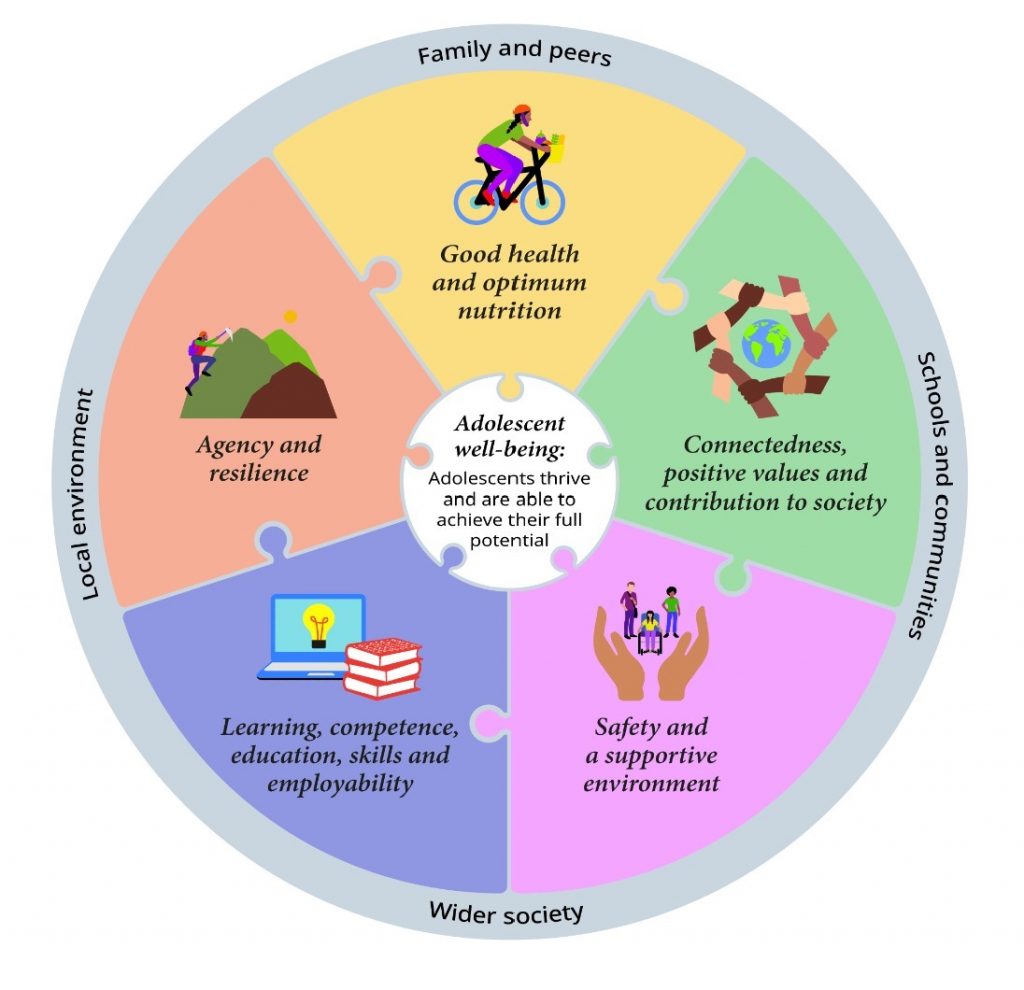Mental Health & Wellbeing
What is Mental Health and Wellbeing?
Mental health and wellbeing are closely linked concepts which influence the way we think and feel about our lives. While wellbeing is not the same thing as mental health, the two influence one another, as prolonged periods of low wellbeing have been linked to the development of mental health challenges such as anxiety and depression. Good mental health is essential for overall wellbeing and quality of life.
Autism, Mental Health & Wellbeing
Mental health conditions such as anxiety and depression often emerge during the transition from childhood to adulthood. This time period is often referred to as ‘adolescents’ or ‘teenage years’. Adolescents is particularly challenging for autistic people as many changes take place during this time.
Research has found that autistic adolescents are more likely than non-autistic people to experience depression; anxiety and other mental health issues, and have higher frequency of negative life events, bullying and trauma which negatively impact on engagement with school and general wellbeing.
What is Wellbeing?
Wellbeing refers to how we are doing and how we feel about our lives. It is defined as the state of being healthy, happy and content, and encompasses various dimensions of an individual’s life to give a holistic sense of overall health and satisfaction.
Wellbeing is a dynamic and multifaceted concept that can vary from person to person. Different factors can influence a person’s sense of wellbeing, and it can fluctuate throughout life based on experiences, circumstances, and individual strengths and challenges. This might include our financial situation, housing, health, exercise and nutrition, and relationships with others, as well as our own perception of how life is going.

It can be helpful to think of wellbeing in terms of a see-saw. The image of the see-saw shows wellbeing as a state of balance between the challenges we face and the resources we have to deal with them. When an individual has all the resources they need to meet daily challenges they are in a stable state of wellbeing, but if the challenges begin to exceed their resources the see-saw dips along with their wellbeing.
Striving for wellbeing involves a conscious effort to nurture and balance these various aspects of life to lead a fulfilling and satisfying existence.
What is mental health?
Mental health refers to our emotional, psychological, and social wellbeing (NHS). Our mental health affects how we think, feel, and act. It impacts on our daily functioning, including how we cope with the normal stresses of life, interact and form relationships with others, realise our potential, and contribute to society.
Mental health can be impacted by a number of factors, which can include:
- The number of demands and stressors we have
- Our physical health
- Significant life events
- How much sleep we get
- Relationships with other people
- Our diet/ nutritional intake
- Environmental, societal and cultural factors
- How much we engage in leisure activities, hobbies and interests
(Source: CAMHS)
Mental health and wellbeing of children and young people
The wellbeing of children and young people is widely acknowledged as being a key driver to positive life course trajectories. Promoting child and adolescent mental health and wellbeing has been acknowledged worldwide as a priority, which can be achieved by policies and laws that promote and protect mental health, supporting caregivers to provide nurturing care, implementing school-based social and emotional learning programmes, and improving the quality of community and online environments (WHO).
The World Health Organisation (WHO) has developed a multi-level approach to wellbeing which explains how children and young people interact with their environment and how this influences their development. The framework centres the child or young person. Wellbeing outcomes can be objective, such as child mortality or educational achievement. They can also be subjective and expressed from the child or young person’s point of view, for example whether they are satisfied with life or feel they can make friends easily.
Outcomes are influenced by the world of the child or young person, the world around them, and the world at large. These are defined as follows (WHO, 2020):
- The world of the child
- Factors experienced directly by a child: the child’s Activities and Relationships, such as those with family and peers.
- The world around the child
- Resources: including the child or young person’s household economic status and the quality of the neighbourhoods they live in.
- Networks: the connections between people around the child or young person, which the child may not directly experience, but which can affect their wellbeing (e.g. parental work pressure).
- The world at large
- Policies: national programmes of direct relevance to the child or young person, including social policy, education and health.
- Context: broader economic, social and environmental factors that influence the child or young person’s wellbeing either directly or indirectly.

The WHO recognises adolescence as a time of rapid physical, cognitive, social and emotional development, and has developed an additional framework for adolescent wellbeing in collaboration with the Partnership for Maternal, Newborn & Child Health (PMNCH), and the United Nations H6+ Technical Working Group on Adolescent Health and Well-Being, to reflect the profound impact the experiences of those aged 10-19 years have on both immediate and long-term wellbeing.
The framework consists of five interrelated domains which enable adolescents to thrive and achieve their full potential:
1) Good health and optimum nutrition
2) Connectedness, positive values, and contribution to society
3) Safety and a supportive environment
4) Learning, competence, education, skills, and employability
5) Agency and resilience

A recent report into child wellbeing (UNICEF, 2020) saw the UK ranked 29th and Ireland 26th for child mental health out of 38 OECD/EU countries (and it is worth noting that Northern Ireland has consistently poorer mental health outcomes for CYP than the rest of the UK)
Read previous: ← Common factors that affect Mental Health
Read next: What is Autism? →
